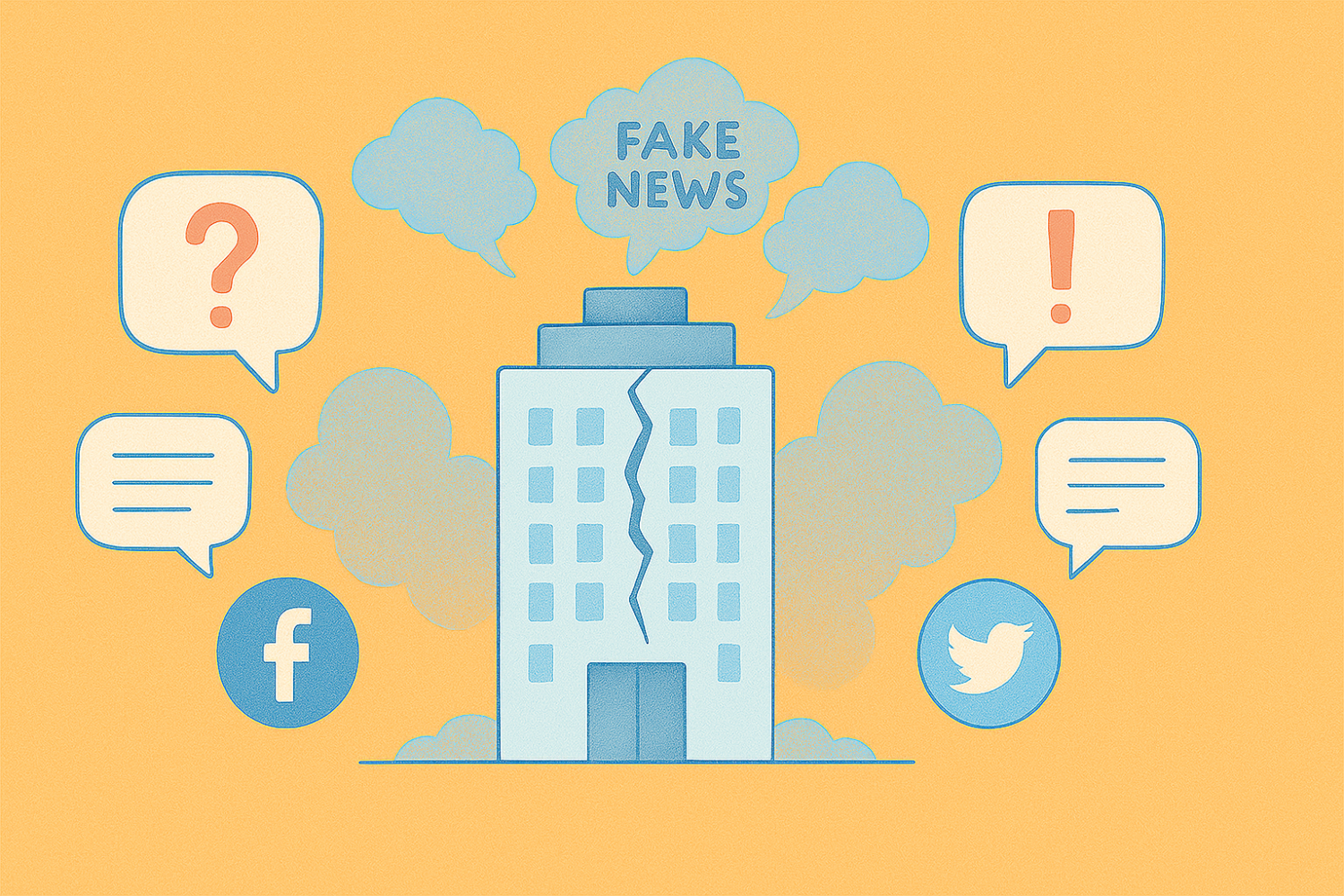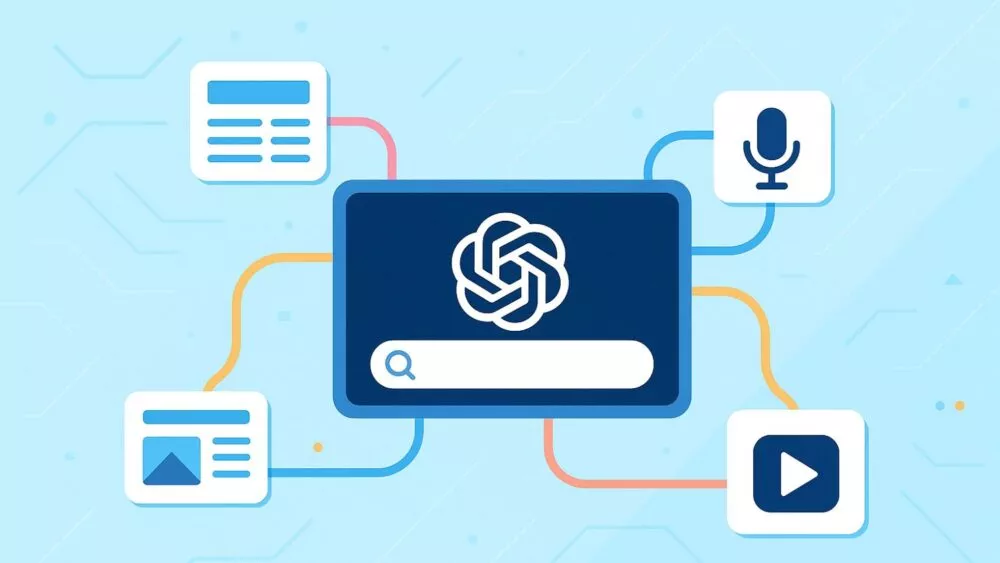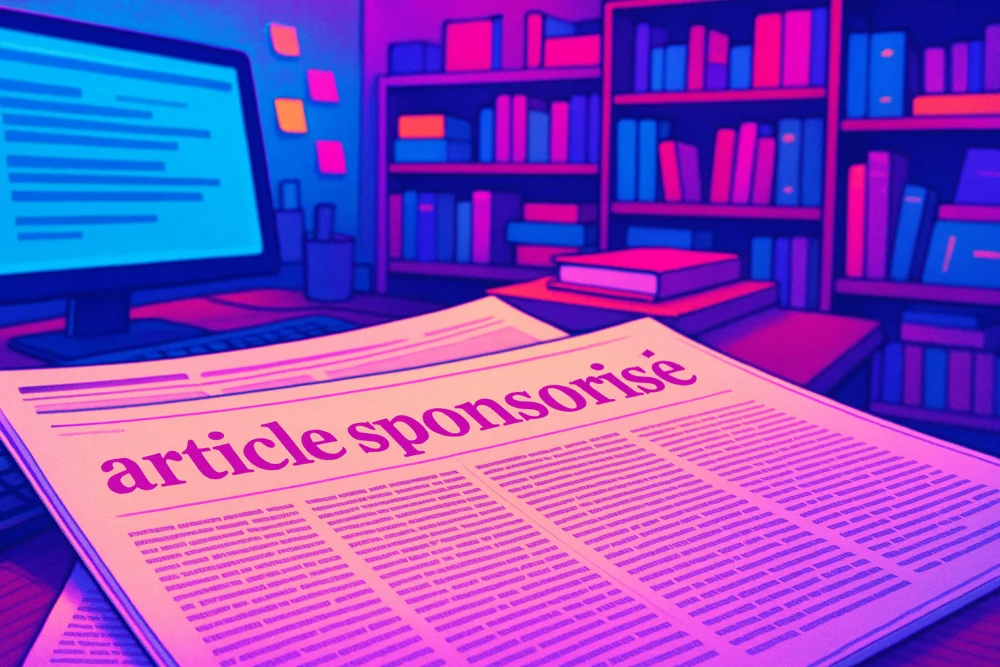March 6, 2025. In the middle of a meeting, Nathalie Grand-Clément, CEO of the Centrakor brand, has to deal with an unexpected crisis. A concerned employee forwards her the link to a website with a bold headline: “Centrakor is closing down for good.” This false information quickly ignited the web. “Within hours, the false information was everywhere on social media and picked up by other unscrupulous media outlets,” she recalls. “Several of our employees, members, and customers believed it and panicked.”
Is this an isolated case? “Not at all,” notes Thomas Huchon, journalist specializing in fake news and author of the book “Résister aux fake news.” “Many companies have already suffered this type of attack.” He cites, for example, Pathé and the RATP, which were targeted by aggressive campaigns about the supposed presence of bedbugs on their seats.
“The threat is polymorphic”
As anecdotal as they may seem, these false rumors can have serious consequences. “Today, disinformation is clearly being used as a weapon against companies, but few leaders grasp the full scope of it,” warns Thuy-My Vu, crisis information management specialist and founder of the label “Responsabilité Informationnelle et Sociétale des Entreprises” (RISE).
Thomas Huchon recalls the crisis Vinci went through in 2016: “A fake press release claimed that its CFO had embezzled money. This false information caused the company’s stock price to plummet. They lost nearly 7 billion euros in just two hours.”
Years later, the issue remains current and has even grown over the past five years (2020–2025). According to a Brandwatch ranking, the brands most associated with fake news are AstraZeneca, Disney, Tesla, and Nestlé. With artificial intelligence, the phenomenon could worsen. “You can now create fake accounts to automatically spread false information or perfectly mimic a news site,” worries Thuy-My Vu. “The threat has become polymorphic and multifaceted.”
Indeed, these fake news websites tricked Centrakor employees. “Within two hours, I received several calls from concerned employees and members who thought they were reading a real news site,” testifies Nathalie Grand-Clément. “They were worried about their jobs.”
Multiple consequences
While Centrakor only faced internal concern, other companies have suffered more serious consequences. Some fake news directly fuels violence, observes Thomas Huchon: “During the pandemic, theories claimed that 5G was spreading the virus. These false stories pushed people to take action. Bouygues and SFR antennas were vandalized and set on fire in several French and European regions.”
The impacts can also be economic and social. “For example, an old statement by a major retailer’s executive about opening a new store in an area now geopolitically sensitive can spark a crisis. The retailer risks a boycott, employee resignations, and financial losses—even though the information is old or outdated,” explains Thuy-My Vu. Some industries are more targeted than others. “When it comes to health, the effect is amplified,” she specifies. “We saw it with fake news about vaccines or rumors of contaminated water. These false stories leave lasting marks on companies and undermine citizens’ trust in science.”
According to Thomas Huchon, the scale of the crisis also depends on the subject. “In 2020, Wayfair was accused of child trafficking. When a company is presented as complicit in a pedophile ring, everything can collapse. It’s not comparable to a false announcement about a store closure.”
React quickly, but methodically
Against disinformation, experts recommend responding quickly, as Centrakor did. “On the very first day, we communicated internally to reassure teams and published an official denial on our social media,” explains Nathalie Grand-Clément. The brand even went further: “We spoke on television, on TF1, and put up signs in our stores to inform customers.”
Beyond the immediate reaction, denying a rumor is no longer enough to be safe, according to experts. Training teams is essential to limiting damage. “Employees must understand what fake news is, how it spreads, and why it’s dangerous. It has become a strategic issue on the same level as cybersecurity,” explains Thomas Huchon, who trains companies in fighting disinformation. “I help them understand their informational environment and how it evolves. I also advise them to pay attention to all warning signals to better detect and respond in time to crises. If employees know how to identify and debunk fake news, its impact is greatly reduced,” he details.
For Thuy-My Vu, everything hinges on reaction time during a crisis. “Today, it’s a real challenge to react quickly given the virality of social media. You need to be responsive to reassure stakeholders, but also take the necessary step back to verify facts,” she analyzes. According to her, the best tools are transparency and coordination. She recommends setting up a crisis unit made up of multidisciplinary teams: scientists, communication directors, legal departments, and IT teams. “A crisis can hit several areas at once. It is essential for all actors to work together, coordinate their actions, and remain transparent,” she adds.
The response must be fast but methodical. “Before communicating, it’s necessary to trace the origin of the fake news and prove it false with clear, sourced, and verified messaging,” she explains. She also stresses the importance of constant monitoring: “It is essential to prepare teams so that they can identify fake news and reduce its impact. Employees must keep an eye on everything happening in their environment,” she continues.
Finally, the crisis communication expert highlights the importance of long-term work: “Even when false information is denied, it leaves a trace with the public. That’s why it’s important to maintain educational messaging on the subject over the long term, especially in sensitive sectors like health, water, or energy, where consumer trust can be lost quickly.”
For Thomas Huchon, education in fighting disinformation must even be a civic priority: “Through CSR, companies have the duty to take on both their social and environmental responsibilities. This also includes the duty to support their employees in becoming more responsible citizens. In this regard, implementing internal training to combat disinformation is not optional, but a necessity. Because if they overlook this issue, they inevitably expose themselves to very serious problems.”





![MEDIA ON THE MOVE – Summer Series – Finding your digital path [3/3]](https://mediaconnect.com/wp-content/uploads/2025/08/59487-1000x563.jpg.webp)

